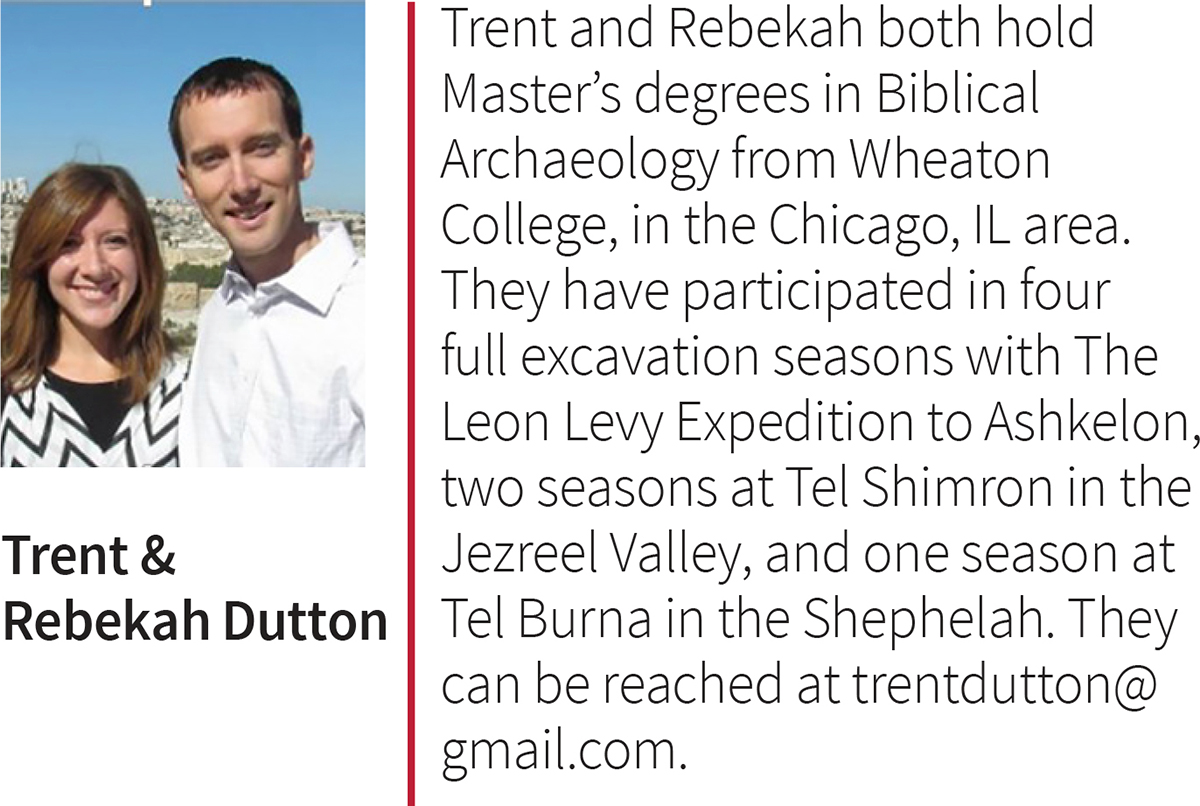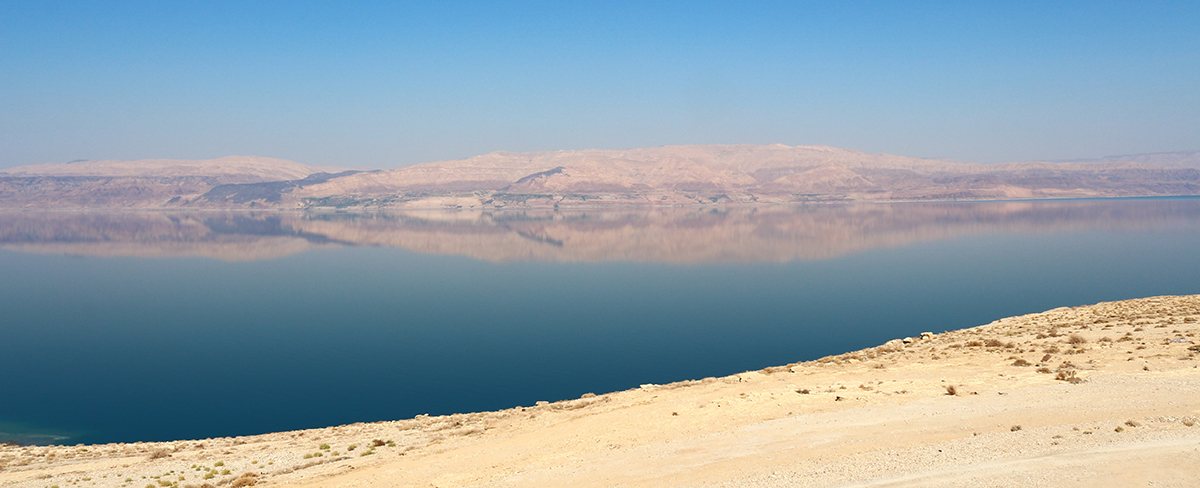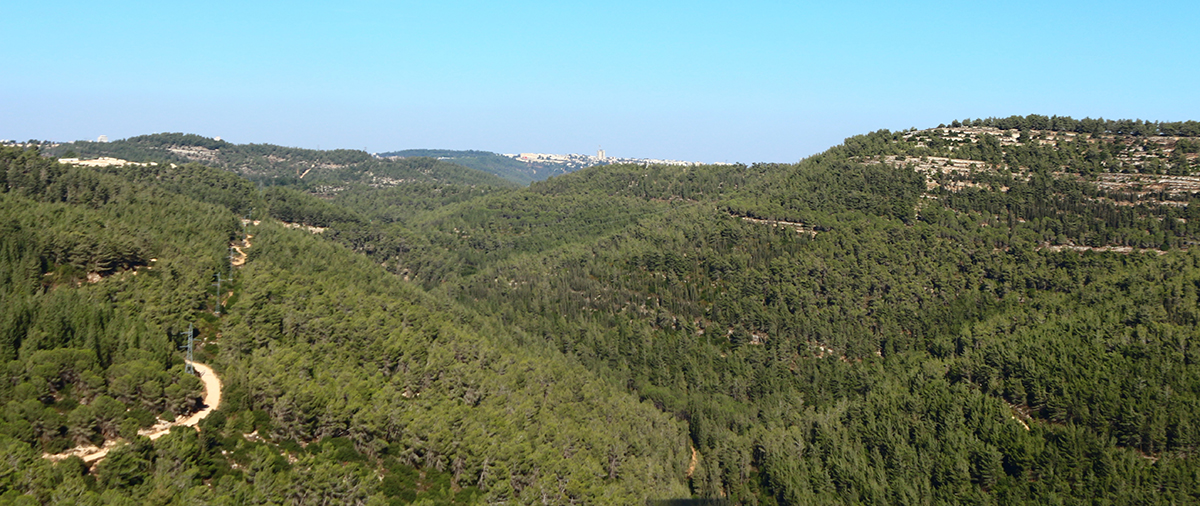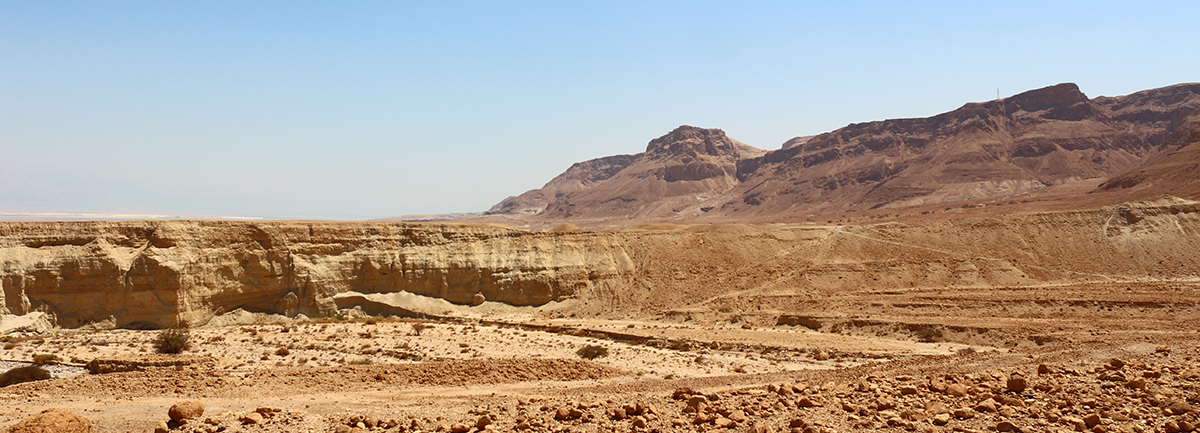by Trent and Rebekah Dutton
Synopsis: Masada and the Dead Sea showcase the rugged landscape of the Jordan Rift Valley’s southern end, where many significant Biblical scenes unfold.
In our past few articles, we have started a virtual tour of Israel without letting you in on the secret. The twist on our recent locations has had a specific question in mind: “If you had two or three days in Israel, what locations should you visit?”
First, a disclaimer—if you go to Israel, you need about ten days minimum on the ground to cover Dan to Beersheba and all critical sites in between. Afterward, you return home, study all the photographs and geography you experienced alongside studying the text. Then plan your return trip within two years to imprint it in your mind and soak it all up. Yet, with that caveat, our question remains: what if you only had a few days?
For obvious reasons, our recent locations of Jerusalem (the Western Wall and Mount of Olives) and Capernaum are essential core sites to visit. We add Masada and the Dead Sea to the list. Why? Think of the scenes that play out in the Dead Sea area. It is a landmark, or watermark, that provides boundary designations early in the Biblical text (Deut. 3:17). It is mentioned in the most prominent early history scenes of Israel, including their crossing of the Jordan en route to Jericho (Josh. 3:16). Many narratives, such as David in his Judean Wilderness strongholds or one of many mentions of Moab in the Old Testament, all occur in the area of the Dead Sea.
When reading these or any narratives of the Biblical text, feeling the sand, sweating in the heat, smelling the salinity in the air, or feeling the Dead Sea water’s slimy texture all make the experience visceral. When David sought to protect his father and mother in Moab (1 Sam. 22:3), this was the environment he crossed to afford them protection on the other side. The accompanying images of the Dead Sea from the northern shore and Masada show that deserted landscape. There may be water there, but it is not useful beyond providing the geographical layer of protection David was utilizing.
With its summit just to the right-center of the image, the included photograph of the Masada approach is an example of a Judean Wilderness stronghold. These strongholds are often not areas with clearly defined walls and gates, but cliff sides and narrow passes through wadis that provide protection and often access to sources of fresh water, such as Ein Gedi or Wadi Qelt. That, combined with this hot and dry lunar-like landscape, produces a formidable environment where those in the strongholds could dig in, and those left outside could die in short order without water and cover.
It is a desert landscape in the Middle East. No surprise, right? True, but approximately 35 miles away, Jerusalem sits at an elevation difference of 3,800 feet (i.e., from the Dead Sea shoreline to Jerusalem). Average summer temperatures run about 100 degrees Fahrenheit at Masada, while Jerusalem fluctuates around the mid-80s. The desert area is not unexpected, but it is interesting how different these landscapes and climates can be, though only a few miles away from each other. Compare it to the view of the hills just outside of Jerusalem. Rolling hills and green trees abound. Nothing is green at Masada, and the cliffs bordering the Jordan Valley fall flat to the valley floor.
The Dead Sea and Masada are on the shortlist of landscapes to see while in Israel. Galilee, the Jezreel Valley, the Judean hills, the Negev, the Jordan Valley, and the Dead Sea are contrasting primary landscapes. These environments occur within the 150-mile range of Dan to Beersheba. Seeing and feeling these landscapes enlivens their textual narratives. It also validates that biblical authors knew the regions they were describing. Be it virtual or on foot, explore these areas with Biblical text in hand and make that connection between the book and the land.


Image-1 Caption: North shoreline area of the Dead Sea

Image-2 Caption: View of hills just outside of Jerusalem | Masada and the Dead Sea—near to Jerusalem, but so different

Image-3 Caption: View approaching the summit of Masada